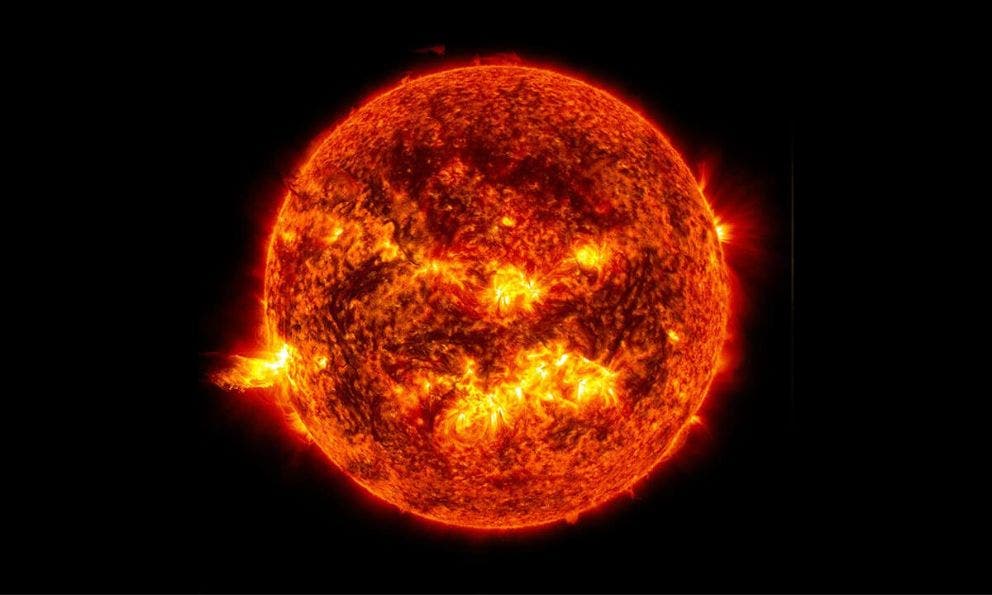The Sun is a star in the Solar System composed of hydrogen and helium. According to NASA, the Sun’s gravity holds the Solar System together, reaching from the largest planets to the smallest debris in orbit around it.
There are a number of interesting details about the Sun, studied by the US agency and worth knowing.
1. Time and rotation of the Sun.
The Sun doesn’t spin like a solid ball, the space agency says, as its surface is composed of an electrically charged hot gas called plasma. This substance rotates at different speeds and in different parts of the celestial body.
The Sun also completes one rotation every 25 Earth days in its region of the equator and, at its poles, the star rotates around its own axis once every 36 Earth days.
2. The sun has no moon
Unlike Earth, the Sun has no Moon. It is orbited by eight planets, plus five other dwarf planets, thousands of asteroids and about three trillion comets and icy bodies.
3. The sun has different temperatures
The Sun has high temperatures, but they fluctuate in its different zones. The hottest part is in the core, where the heat reaches 15 million degrees Celsius.
The surface, called the photosphere, is relatively “cold,” reaching 5500 degrees Celsius. While the Sun’s outer atmosphere, known as the corona, gets hotter the farther it gets from the surface. This area reaches up to 2 million degrees Celsius.
4. Size and distance
Despite being considered a giant of the planetary system, according to NASA the Sun is a medium-sized star with a radius of about 700 thousand kilometers. However, there are stars that are much larger.
Still, compared to Earth, the Sun is huge: it would take more than 330,000 Earths to equal the mass of the Sun. In terms of distance, it is about 150 million kilometers from Earth.
5. Long orbit in the Milky Way
The Sun is at the center of the Solar System, which travels at an average speed of 720,000 kilometers per hour, says the space agency. Despite this high speed, the star takes about 230 million years to make a full journey around the Milky Way.
RELATED:

